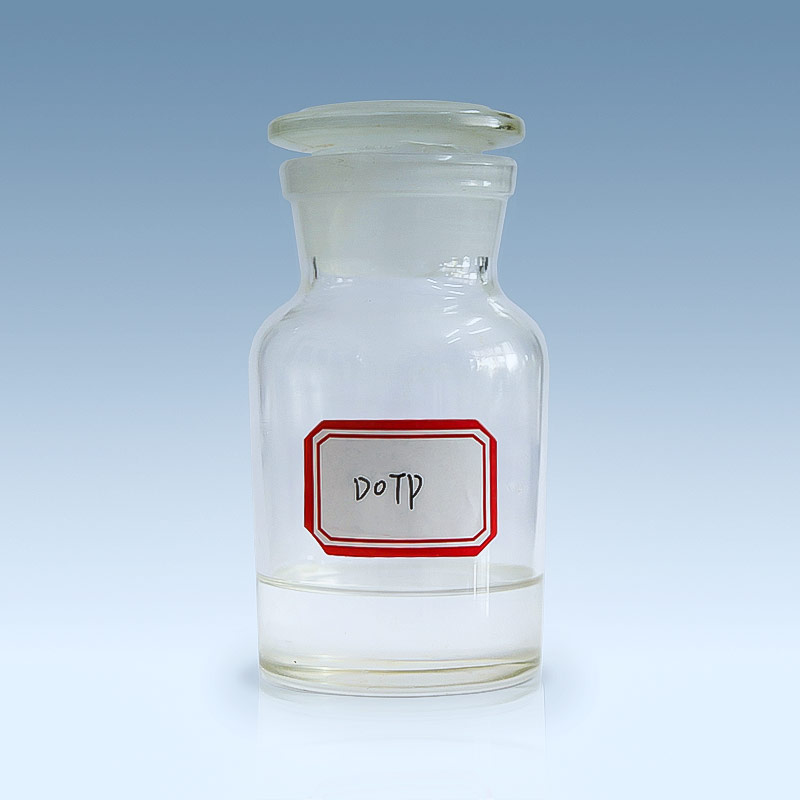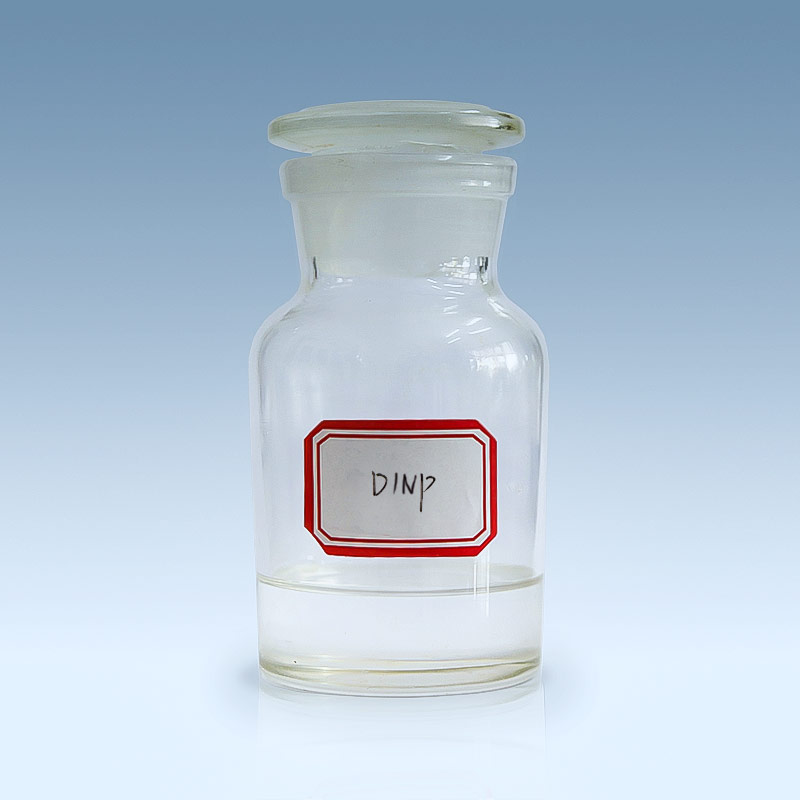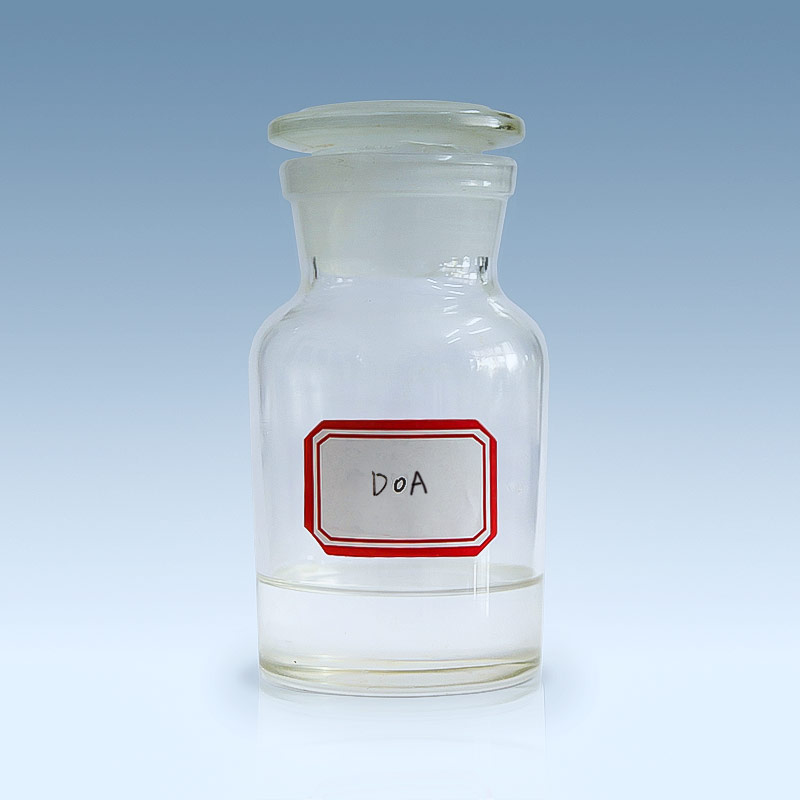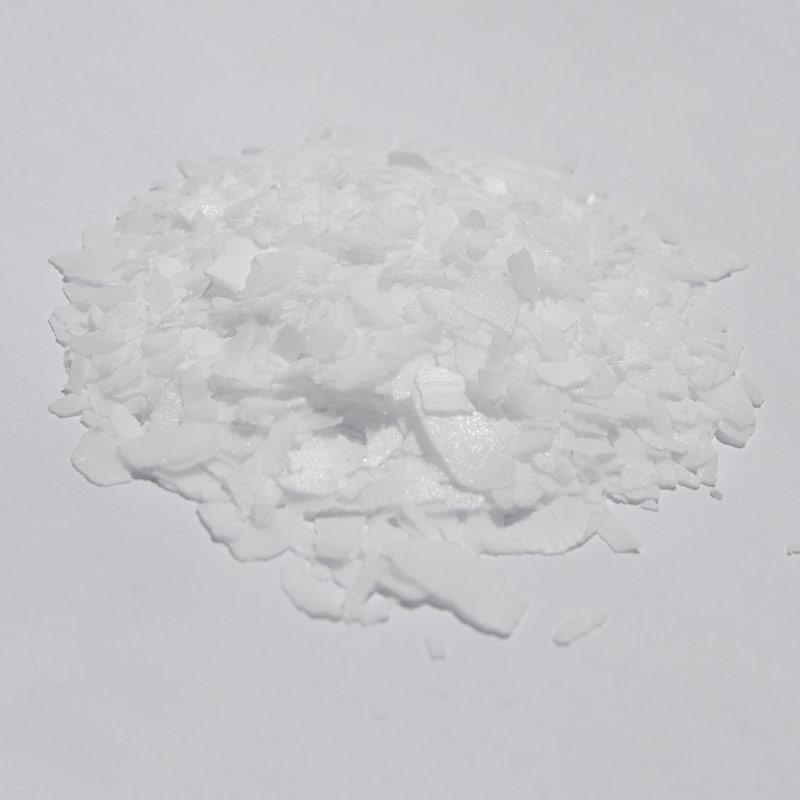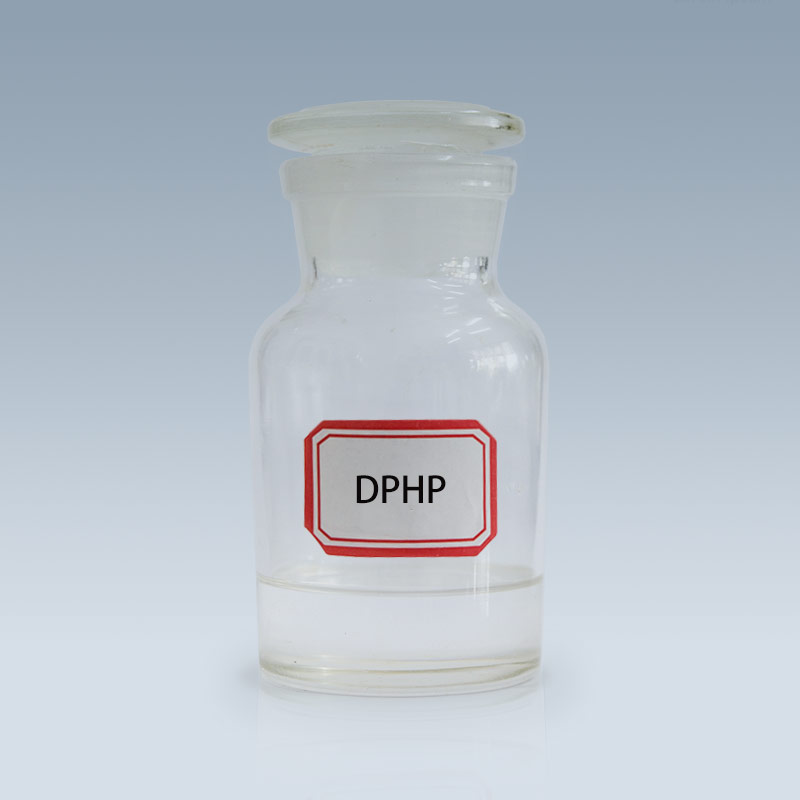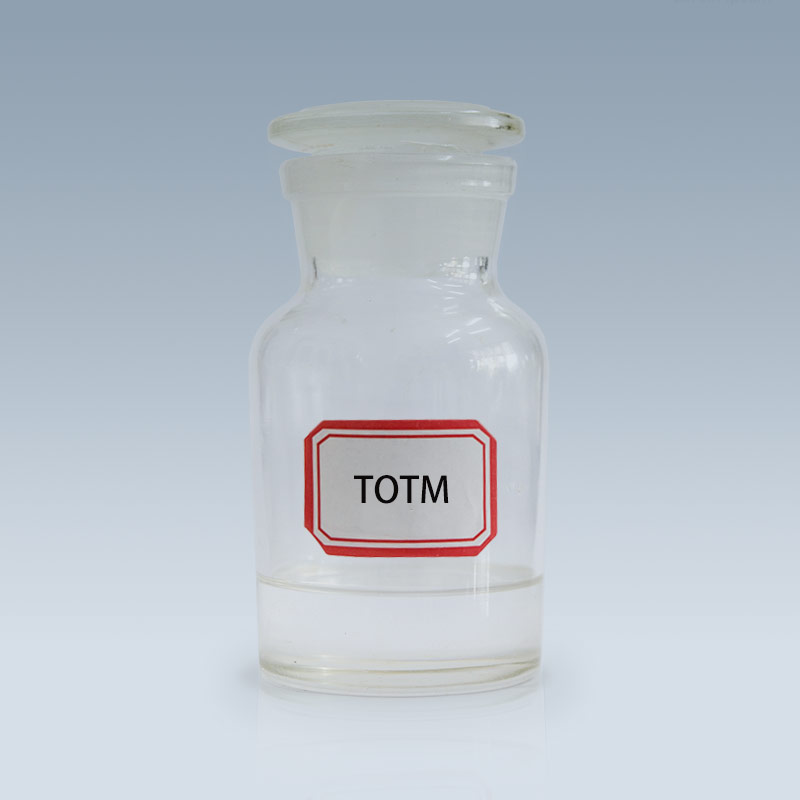Di-2-ethylhexyl phthalate (DOP), commonly known as DOP plasticizer, is one of the most widely used general-purpose plasticizers globally, although its usage is increasingly being scrutinized and regulated due to environmental and health concerns. Plasticizers are essential additives incorporated into polymers, particularly polyvinyl chloride (PVC), to enhance their flexibility, workability, and durability. The extensive use of DOP has historically been attributed to its cost-effectiveness, excellent plasticizing efficiency, and favorable performance characteristics across a wide temperature range.
The Role and Properties of DOP Plasticizer
A plasticizer functions by decreasing the intermolecular forces between the polymer chains, allowing them to slide past each other more easily. This process effectively lowers the glass transition temperature() of the polymer, transforming a rigid material like unplasticized PVC (uPVC) into a flexible, pliable product.
Key Properties of DOP
The popularity of the DOP plasticizer stems from its balanced chemical and physical properties:
- Excellent Plasticizing Efficiency: It effectively imparts flexibility and elasticity to PVC compounds.
- Low Volatility: It remains stable within the polymer matrix over time, minimizing migration and material stiffening.
- Good Heat and Light Stability: It helps maintain the material’s integrity under various environmental conditions.
- Good Electrical Resistivity: This makes it suitable for use in electrical insulation applications.
- Miscibility: It exhibits high compatibility (miscibility) with the PVC polymer chain, leading to a homogenous material.
In chemical terms, DOP is the diester of phthalic acid and 2-ethylhexanol. Its chemical formula is .
Industrial Applications of DOP Plasticizer
Historically, the DOP plasticizer has been integral to numerous industries:
- Cable and Wire Insulation: Its electrical properties make it ideal for protecting electrical conductors.
- Flooring and Roofing: Used to impart flexibility and resilience to PVC sheets and tiles.
- Automotive Components: Found in certain interior trims and protective coatings.
- Hoses and Tubing: Used in general-purpose industrial and garden hoses.
- Coated Fabrics: Applied to textiles to create materials like imitation leather for upholstery and clothing.
For decades, the bulk of flexible PVC production relied on DOP plasticizer due to its versatility and low cost.
Environmental and Regulatory Landscape
In recent years, the use of DOP plasticizer has faced significant challenges due to concerns about its potential to leach or migrate out of the finished product, especially when exposed to heat or liquids. Phthalates, including DOP, have been classified as substances of very high concern (SVHC) in various jurisdictions, such as the European Union (EU) under the REACH regulation, due to endocrine-disrupting properties and reproductive toxicity observed in animal studies.
This regulatory pressure has driven a major shift in the plasticizer market towards non-phthalate alternatives, which include:
- Terephthalates: Such as Di-2-ethylhexyl terephthalate (DOTP or DEHT).
- Adipates and Trimellitates: Offering low-temperature performance and low volatility, respectively.
- Bio-based Plasticizers: Derived from renewable sources, such as epoxidized soybean oil (ESBO).
While DOP plasticizer may still be utilized in less sensitive, non-consumer applications in certain regions, its decline in consumer goods and medical devices is a clear trend reflecting a global movement toward safer and more sustainable material choices. Manufacturers continue to research and adopt alternative plasticizers that maintain the necessary performance while minimizing health and environmental risks.



 English
English 中文简体
中文简体